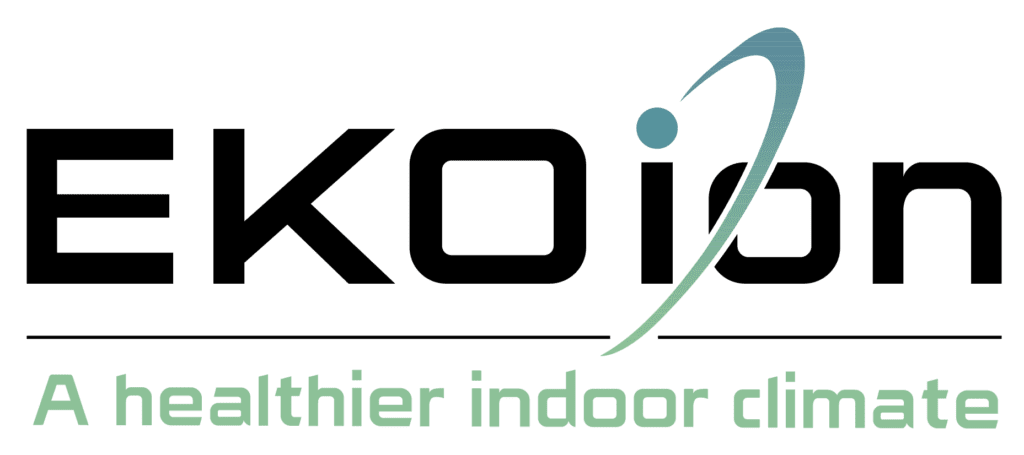Bringing the outside into the office: Coronavirus bolsters push towards healthier building design Even as the coronavirus pandemic worsens in the U.S., stay-at-home orders in some areas have loosened and companies have sent some workers back to offices with social distancing restrictions, temperature checks and plexiglass sneeze barriers. ekoion_dev July 24, 2023 Facebook Instagram Linkedin KEY POINTS The coronavirus pandemic has bolstered corporate interest in redesigning work space to simulate nature, have better air filtration systems and use more sustainable materials. More companies are embracing biophilic design — the concept of bringing the health benefits of the outdoors inside. Buildings are also adapting to demand for more outdoor work space like terraces, and widespread expectations that employees will be more mobile after the pandemic is contained. “We’re blurring the line between work and home. Your office doesn’t have to be enclosed at your desk, said Asheshh Saheba, a managing partner at the architecture firm Steinberg Hart in San Francisco. Even as the coronavirus pandemic worsens in the U.S., stay-at-home orders in some areas have loosened and companies have sent some workers back to offices with social distancing restrictions, temperature checks and plexiglass sneeze barriers. These new health precautions amid Covid-19 are new for offices. But architects and office designers have long worked on innovations to make corporate space healthier and better for the environment — projects they say will be in higher demand even as millions work from home and corporations rethink their need for future office space. “When you go back, when I go back, people will look at office buildings differently,” said Joseph Allen, director of the Healthy Buildings Program at the Harvard T.H. Chan School of Public Health. “The plexiglass will go away, but the attention to air quality, water quality, lighting and acoustics will stay,” Allen said. Designers say the pandemic has bolstered corporate interest in redesigning work space to simulate nature, have better air filtration systems and use more materials that are better for the environment. “Covid-19 accelerated our corporate clients’ interest in health and wellness. These are inextricably linked with work that is better for the environment,” said Gail Napell, a sustainability specialist and leader in design resilience at the architecture firm Gensler. Napell said the company’s projects, which focus on lowering the carbon footprint of buildings and creating a healthier working space, have been accelerating. “We believe our goals will create great places for people and for the habitability and health of the planet. At this point in history, this is essential. We are where we are,” Napell said. “The real estate community has the opportunity for enormous positive global climate and well-being impact.” The Titan Student Union in the Cal State Fullerton campus has a central triple-height atrium nearly entirely daylit with skylights and other sustainable features including a cool roof, solar shading, daylight sensors and a HVAC system. Steinberg Hart / Lawrence Anderson Push towards biophilic design Companies have been increasingly embracing biophilic design — the concept of bringing the health benefits of the outdoors inside while cutting down on energy costs and boosting employee health and performance. “The basic theory of biophilic design is enjoying the richness and complexity of nature and using the amazing ecosystem as a stress reduction tool to make our lives better,” said Rick Cook, the founder of CookFox, a Manhattan-based architecture firm that works on sustainability and green spaces in designing buildings. “We discovered people have higher cognitive performance when you design with these ideas in mind,” Cook continued. “We started out trying to make buildings and spaces better for the environment … what we stumbled on is how to make buildings quantifiably better for people.” Biophilic concepts include incorporating green walls with plants that help clean the air; natural materials like wood into spaces; indoor water features like ponds and waterfalls; and circadian lights that provide different color temperatures to keep the body’s internal clock in line, such as lighter white lighting to mimic daylight. “All of these things were already on the rise. Covid-19 happened and no one could have been prepared for it,” Cook said. “Now, the option for outdoor space will be in higher demand and high quality air filtration — people will pay much more attention to this.” Pictured is an energy efficient LED module that supplements a main ceiling lighting system set on circadian rhythms. Lights that have different color temperatures and intensities throughout the day help keep the body’s internal clock in line. Americans spend over 90% of their lives inside, where indoor air pollution is up to five times worse than outdoor pollution, according to the U.S. Environmental Protection Agency. Indoor pollutants like smoke, dust, mold and chemicals from certain paints, cleaners and building materials are particularly harmful. Research shows that offices with artificial lighting, a lack of windows and poor ventilation create more stress for workers and impair decision-making abilities, according to research published in the journal Environmental Health Perspectives. However, working in a room with natural light helps boost productivity and mental health, and employees who are exposed to natural light in offices sleep better because the light improves circadian rhythms, according to research published in the Journal of Clinical Sleep Medicine. “Covid-19 has accelerated the healthy buildings movement,” Allen said. “Every sector is now talking about what they need to do for health in the building, for Covid-19, infectious disease transmission and beyond.” Constructing healthier buildings The pandemic has also put a spotlight on constructing new spaces that are adaptable to changing workplace norms and a need for more sustainable buildings to mitigate climate change. Asheshh Saheba, a managing partner at the architecture firm Steinberg Hart in San Francisco, said his company has been working on designing buildings with parking and garage structures that can adapt to changing commuting habits, as the pandemic has bolstered transportation practices that are better for the environment, like biking and walking. Buildings are also adapting to demand for more outdoor work space, such as terraces, and widespread expectations that employees will be more mobile after the pandemic is contained. “To be in










